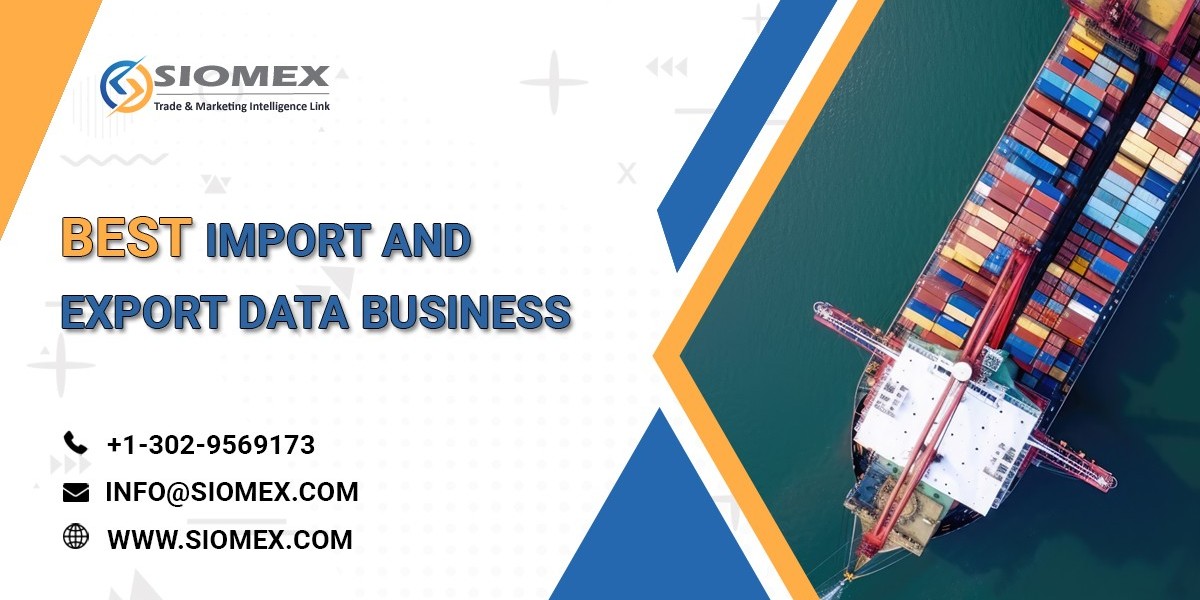Offshore crude logistics Offshore crude logistics focus on efficient loading, storage, and transport of oil from offshore platforms to refineries and ports, ensuring continuous supply despite challenging marine conditions.
Offshore crude logistics encompasses the intricate network of processes, infrastructure, and coordination required to move crude oil from subsea reservoirs to shore. This specialized field is characterized by its demanding operating environment, the complexity of the integrated infrastructure, and the continuous requirement for robust safety and contingency planning. Unlike conventional terrestrial logistics, offshore operations face the unique challenges of deep water, unpredictable weather, and the physical isolation of the production sites.
The infrastructure required for offshore crude movement is highly capital-intensive and technologically advanced. It begins with the fixed or floating production facilities that extract the crude from the seabed. These facilities, whether massive semi-submersibles, tension-leg platforms, or Floating Production, Storage, and Offloading (FPSO) vessels, serve as the initial collection and processing hubs. Their design is a feat of engineering, enabling them to withstand extreme marine conditions while maintaining continuous production operations.
The crude oil, once processed to remove basic contaminants, must be transferred either directly to shore or to a waiting tanker. Two primary logistical modalities exist for this transfer: permanent pipelines and shuttle tanker operations.
The pipeline system involves laying robust, corrosion-resistant pipes across the seabed to connect the offshore facility directly to an onshore terminal or refinery. This method offers continuous, high-volume transfer with minimal interruption once established. The complexity lies in the initial installation, which requires specialized pipe-laying vessels and comprehensive seabed surveys, and in the ongoing integrity management, which involves regular internal and external inspections to monitor for potential damage or degradation, especially in deep-water environments.
Shuttle tanker operations are employed when pipelining is not feasible due to distance, water depth, or geopolitical factors. Shuttle tankers are specialized, dynamically positioned vessels capable of mooring directly to the offshore production unit—particularly FPSOs—and safely loading the crude oil. This transfer, known as 'offloading,' is a highly skilled operation that requires precise maneuvering and monitoring to ensure a secure connection and prevent environmental release, particularly in adverse sea states. Once loaded, the shuttle tanker acts as a mobile pipeline, transporting the crude to a conventional port or a transshipment hub where the cargo is transferred to a larger, long-haul crude tanker.
Beyond the movement of the crude itself, offshore logistics involves an extensive, parallel supply chain to maintain the production facility. This includes the transport of personnel, equipment, maintenance materials, and operational consumables like drilling mud and chemicals. This support function relies heavily on a fleet of robust Offshore Supply Vessels (OSVs) and helicopters. The efficiency and reliability of this support network are crucial, as delays can directly impact production continuity and safety.
A constant challenge in offshore logistics is managing the environment. Extreme weather conditions, from severe storms to high seas, frequently impose limitations, forcing temporary shutdowns of loading operations or delaying resupply missions. The industry mitigates this through sophisticated weather forecasting, specialized vessel design for harsh conditions, and contingency planning for operational windows.
Furthermore, the operational risk profile is significantly elevated offshore. The sheer scale of the operation, the flammability of the product, and the remoteness of the location necessitate exceptionally high standards of procedural integrity. Safety protocols, emergency shutdown systems, and continuous crew training are non-negotiable elements of the daily routine. A major focus is on simultaneous operations (SIMOPS), where multiple complex activities—such as drilling, production, and offloading—occur in close proximity, demanding intense coordination and risk assessment to prevent conflicts.
In essence, offshore crude logistics is a triumph of engineering and coordination, linking vast subsea resources to the global economy. It is a constantly evolving field driven by technological advancements in subsea equipment, automation, and remote monitoring systems aimed at enhancing efficiency, safety, and reliability while operating under some of the most challenging conditions on the planet.
Offshore Crude Logistics - FAQs
What is the distinction between using a permanent pipeline and a shuttle tanker for moving offshore crude to shore?
Pipelines provide a fixed, continuous high-volume link to shore, while shuttle tankers offer flexible, mobile transport, particularly necessary when pipeline construction is impractical due to water depth, distance, or the use of floating production facilities.
How do remote offshore facilities handle the ongoing operational needs for personnel and essential supplies?
Remote facilities rely on an integrated support system utilizing specialized Offshore Supply Vessels (OSVs) for equipment and consumables and helicopters for rapid crew transfers and urgent supply deliveries.
What are the key safety and procedural challenges during the crude transfer process from an offshore production unit?
The key challenges include maintaining precise vessel positioning during the transfer (offloading), managing the connection and disconnection of hosing in dynamic sea states, and strictly coordinating operations to prevent spills or equipment failure.








